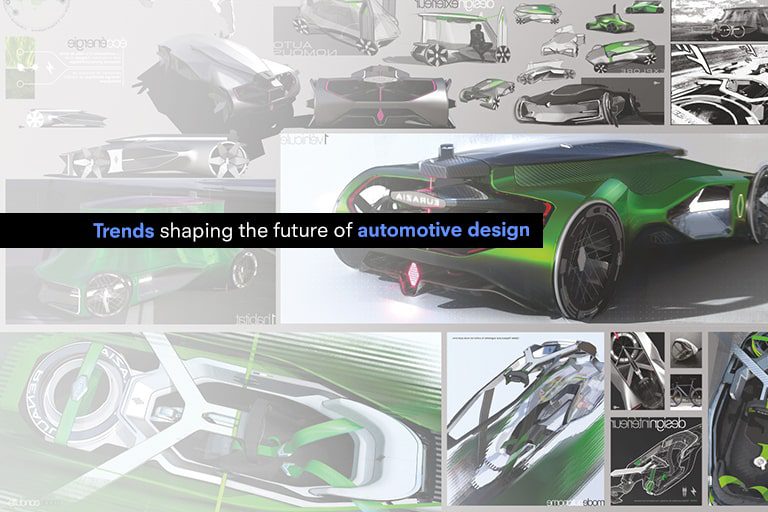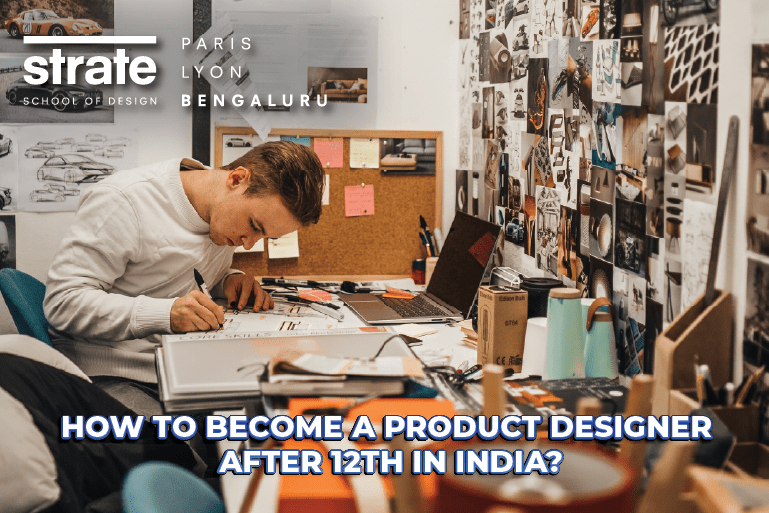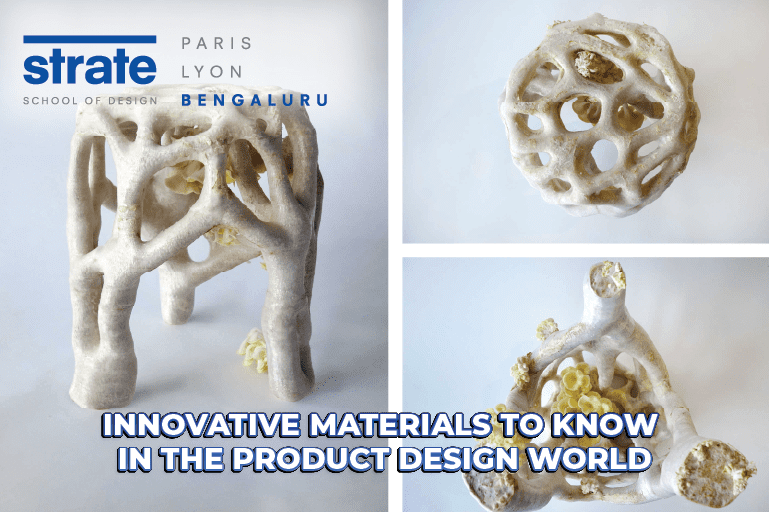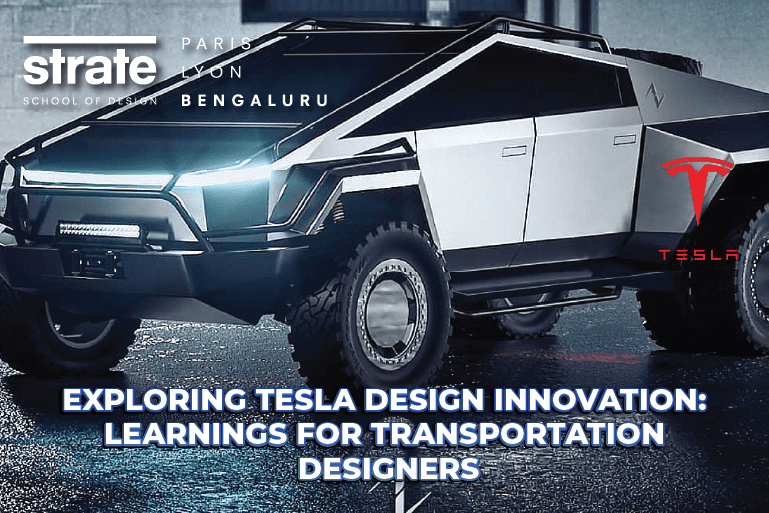The human desire to stand out has always been a key sense of inspiration in design. With sustainability becoming a larger conversation and part of daily lives, consumers are demanding more from brands in the automobile industry that favours the environment. And why not, the development in the automobile industry impacts almost everyone. The design for these vehicles needs to be compact enough for driving through busy cities of the world but also wide enough to occupy a family of four comfortably. The look and feel should come across as elegant to sporty, the vehicle needs to be fuel efficient and mindfully designed for inclusivity.
Also interesting to read: Apple Electric car project: What to expect from its design
Over the past decade, electric vehicles have taken over the industry by a storm and there are many leading global brands that are working on making the EVs more self-driven automobiles – while this is still a future we are waiting to see – tests are underway. From design, technology, mechanical functioning and making it more inclusive, here are the trends you must know of that are shaping up the future of automobile design:
Design Trends:
A. Board, lightweight and low
Many automobile brands have made sure they increase the performance and efficiency of their vehicles by eliminating unnecessary weight. Improving their power-weight ratio has been crucial. Some brands have worked to improve the body shapes which helps to improve the aerodynamics, interior space, and visual appearance.
Example – Cadillac ATS Coupe emphasized their focus on – Longer, lower and leaner.
B. Panoramic Roof
From being a higher end model choice in cars to becoming a design norm of the future, a panoramic roof design in cars has been the hottest trend and is only looking to be more promising. Roofs with expanded sunroof panels – are becoming a must in the new designs. This has been made possible thanks to the quick evolution in glass technology. These panoramic roofs include this state-of-the-art glass technology that allows visual access to the passengers.
From a design point of view – the experience of travel enhances when a user feels more space in the same length and width due to access to the natural light.
Also interesting to read: How to deal with feedback as a product designer
C. Double Door – look what’s back!
While car designs are becoming more compact, designers and brands are realizing that the basic functionality of a four or five-seater should be maintained with double doors. Cars like BMW i3 – an all-electric vehicle and the Honda element featured swing-out double doors.
Now while these brands have their own unique customer base – these design elements gave them an edge in the market and brought in all new eyes to them for the way they pioneer in the design space. What they did was smart, intelligent design keeping competences intact. They gave four-door access without taking up the body space of adding extra weight as in the traditional models.
D. High on the efficiency and aggressive headlight design
We are a growing sports enthusiast population. How we viewed sports a generation ago has changed, and so has the impact of this growth on the way our automobiles are designed. A good old aggressive headlight design in the front of the car gives it a sense of being a sports car.
Let’s take Audi as an example. They have emphasized efficient high-output lighting technology – today the brand is known for this connection to the headlight design element. Its aggressive set of headlights are using LED to provide an output of high altitude. As compared to the traditional headlights that consume a good amount of fuel on long distances.
Also interesting to read: The myths of UX design
Technology Trends:
A. Plug-ins Electric and Diesel Hybrid
There still are some problems with fully functioning EVs such as its battery capacity, charging station availability and limited distance travel options. Start-ups across are working to find solutions – they are also aware these solutions require technological advancements that are perhaps a generation away from us. The new combination of plug-in electric and turbo diesel is one announced by Volvo and Subaru.
From the sounds of it, this is a sensible and sustainable concept which offers electric options for short distances and local driving and efficient diesel backup for longer journeys. Further advancements in algae biodiesel and other alternative options also help to make diesel the best choice for legacy combustion engine vehicles.
How does this impact the design?
For a combination of both plug-in electric and turbo diesel – designers have to make sure they both have enough space within the design and a portion of flexibility with a capacity to grow.
B. Regenerative Brakes
Brakes expend a lot of kinetic energy to bring the vehicle to a stop, engineers discovered ways to gather this kinetic energy and store it for further use. Regenerative brakes have been known to be used in trains, pedal-assist bicycles, and some cars even for a few decades.
While this is only in a few models now – including the likes of the Tesla- this technology trend is on the rise yet is yet to be implemented at a large scale.
C. Exterior Cameras/ Sensors
Keeping in mind our current laws and regulations, a car without a driver at the moment is only a work in progress concept. And this work in progress needs a series of integrated external cameras and sensors to be efficient and optimized so as they can operate with all safety requirements.
In design terms, this trend certainly plays a crucial role. How these cameras are designed to fit into the car interiors and exteriors, how well they blend into the overall car design and how this design element will be an easy to use and navigate interface for the user.
Also interesting to read: How Netflix creates immersive UX design
We cannot forget about the other elements like:
– AI powered intelligent cars that are able to change colours offering the user a serious value for their money and ability to choose the car colour as per their mood from the ones available.
– Redefining car aerodynamics has remained one of the core areas of the future trends to watch out for.
Consumers today seek thrill in almost everything they invest in. Automobiles are a part of the thrill experience. They want something slicker with a futuristic design element, a design that is able to turn heads and perform well. Brands are responding to this while also partnering with leading technology start-ups and global brands to offer high quality crafted vehicles that are environment friendly and have optimized efficiency.
What we can learn is that priority will be given to sustainable and novelty design, stylish features, and futuristic looks. Models will outperform each other based on their over quality, performance, functionality, and pioneering design that shape the future. Giving us a huge hint how amalgamation of tech and design will be at a high point and aesthetics will reach a stage of prominence like never before.
Also interesting to read: 5 trends in visual design and advertisement you must know






Want to Become a Designer ?
Strate is a unique design school that nurtures your talents as a designer by offering state-of-the art designing courses in Bangalore.
Join Strate